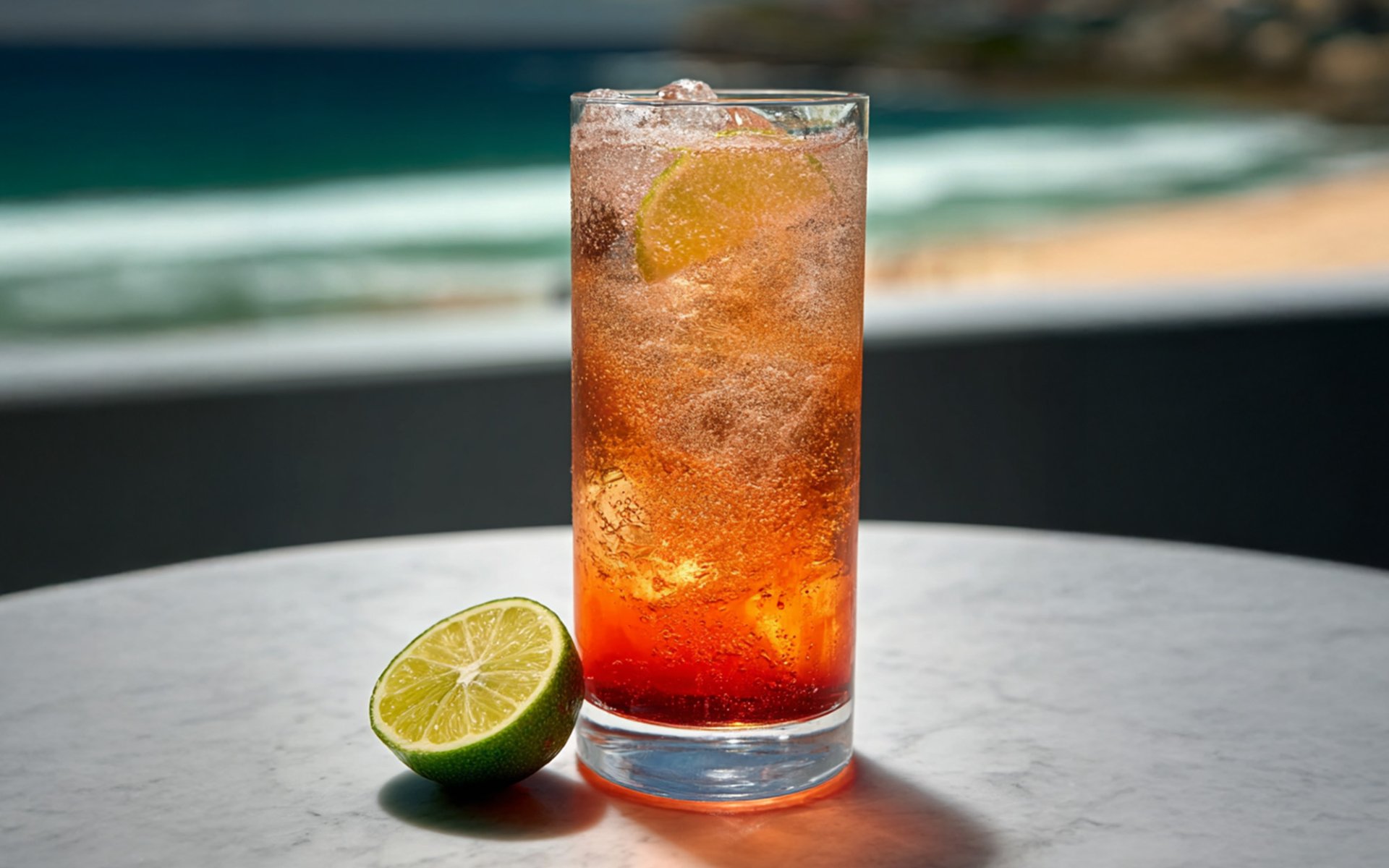LL&B” Lemon, Lime and Bitters
Last updated: 6 Oct 2025

LL&B, short for Lemon, Lime and Bitters, is a famous and much-loved non-alcoholic beverage in Australia. In fact, its so beloved that ABC News officially dubbed it Australias national drink in 2018.
As the armys physician, Dr. Siegert experimented with local herbs, plants, and spices to create a tonic that could improve the health and well-being of soldiers. The result was a herbal tonic he named Angostura Bitters.
The name Angostura came from the town of Angostura, Venezuela, where the formula was first developed. Although production later moved to Trinidad and Tobago, the brand kept the original name to honor its roots.
In fact, British naval officers often mixed bitters with gin to create a cocktail known as Pink Gin.
In Australia, the drink evolved into a non-alcoholic version inspired by Pink Ginreplacing gin with lemonade and lime cordial. The result was a refreshing, tangy beverage perfectly suited to Australias hot and humid climate.
What Makes LL&B Unique
This refreshing drink is known for its perfect balance of sweetness, tanginess, and a hint of bitterness, created by combining three key ingredients:- Lemonade
- Lime cordial (a syrup made from concentrated lime juice and sugar)
- Angostura Bitters
The Origins of LL&B
The story of LL&B begins with the creation of Angostura Bitters, which dates back to 1824. It was invented by Dr. Johann Gottlieb Benjamin Siegert, a German doctor who migrated to Venezuela to serve in the army of Simón Bolívar, the revolutionary leader who fought for independence from Spanish rule.As the armys physician, Dr. Siegert experimented with local herbs, plants, and spices to create a tonic that could improve the health and well-being of soldiers. The result was a herbal tonic he named Angostura Bitters.
The name Angostura came from the town of Angostura, Venezuela, where the formula was first developed. Although production later moved to Trinidad and Tobago, the brand kept the original name to honor its roots.
How Angostura Bitters Reached Australia
Angostura Bitters arrived in Australia in the late 19th century, following the expansion of sea trade routes between the Caribbean, Britain, and the South Pacific colonies. During that time, bitters were not only used as medicine but also as a popular mixer among the upper class and military officers.In fact, British naval officers often mixed bitters with gin to create a cocktail known as Pink Gin.
In Australia, the drink evolved into a non-alcoholic version inspired by Pink Ginreplacing gin with lemonade and lime cordial. The result was a refreshing, tangy beverage perfectly suited to Australias hot and humid climate.
The Rise of LL&B
By the late 19th century, Lemon, Lime and Bitters had become a popular drink across Australia, New Zealand, and even London. British journalist George Augustus Sala helped popularize it further when he visited Australia and wrote about how Australians enjoyed this drink during the summer. Shortly afterward, LL&B became a fashionable summertime refreshment in Londonespecially among young people, who also found it effective for relieving motion sickness.Alcohol Content and Clarification
Technically, Angostura Bitters contains about 45% alcohol, but only a few drops (typically 56) are used per serving of LL&B. This means the final beverage contains roughly 0.2% alcohol, classifying it as a non-alcoholic drink.How to Make LL&B at Home
LL&B is incredibly simple to make at home. Heres a recipe video you can follow:
You can find all the ingredients for Lemon, Lime and Bitters at Rimping Supermarket.
Related Content
Tracing the History of the Hot Toddy, a Warm Drink Symbolic of Winter in the United Kingdom
Understanding Long Black Coffee The Iconic Black Coffee of Australia and New Zealand


